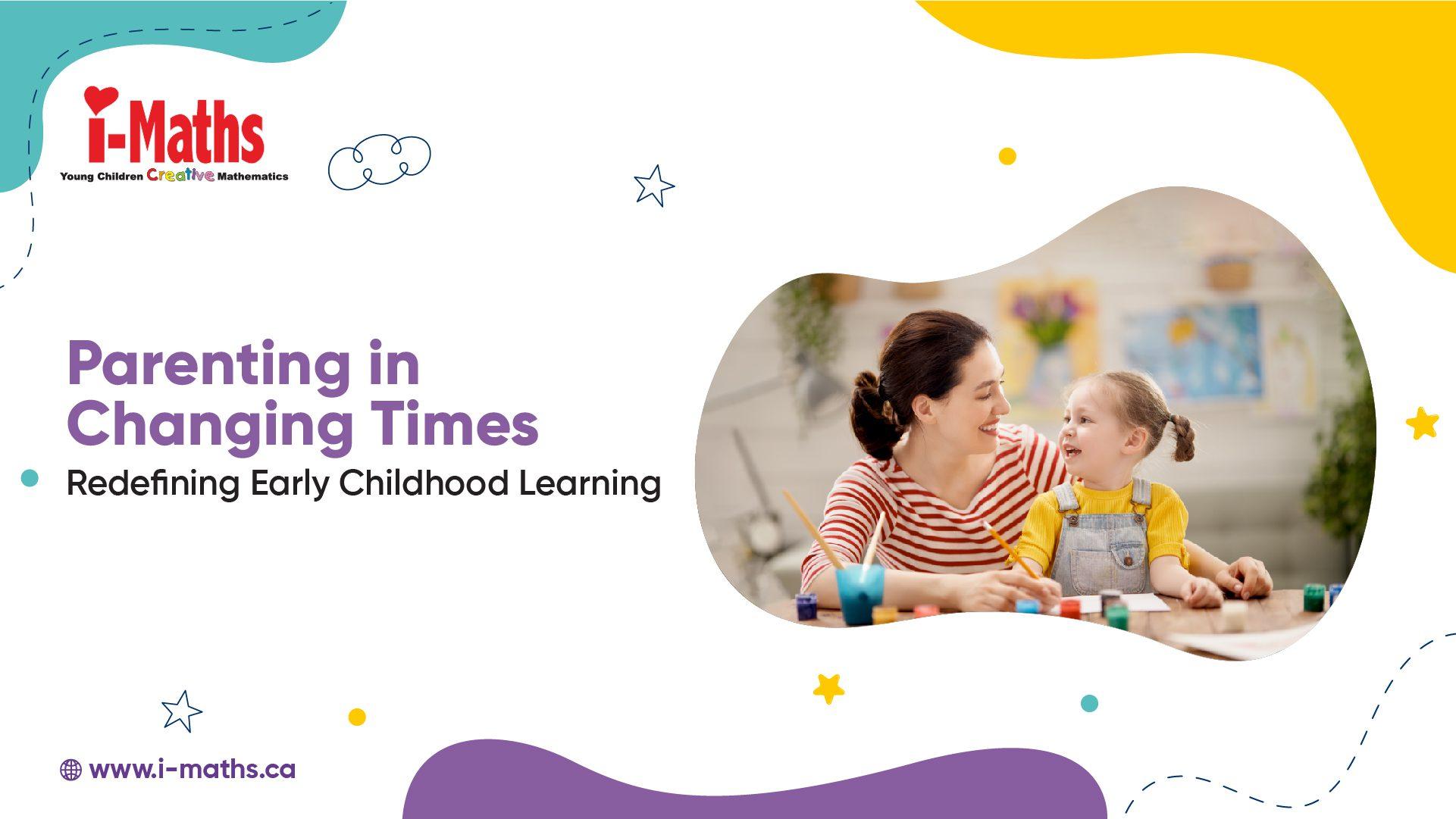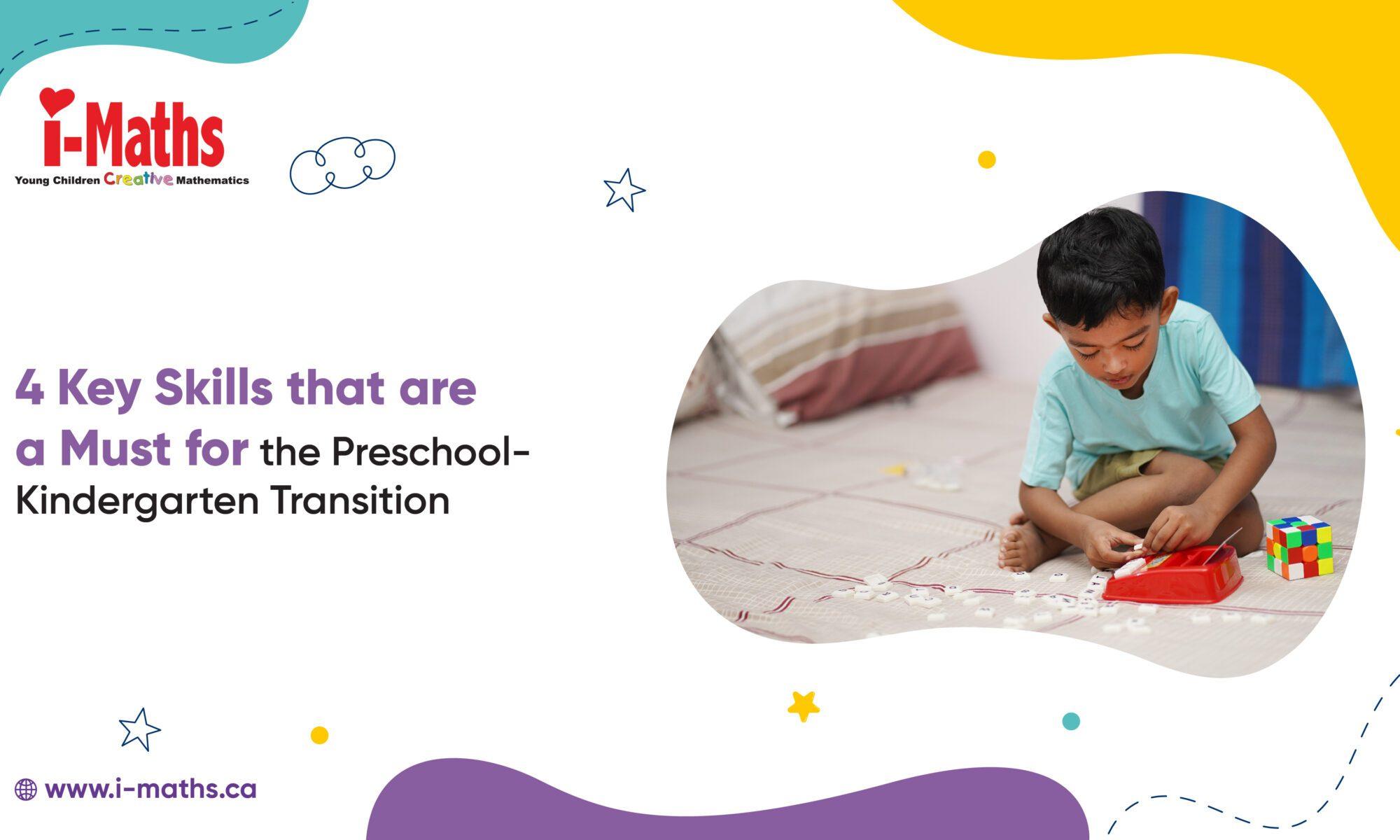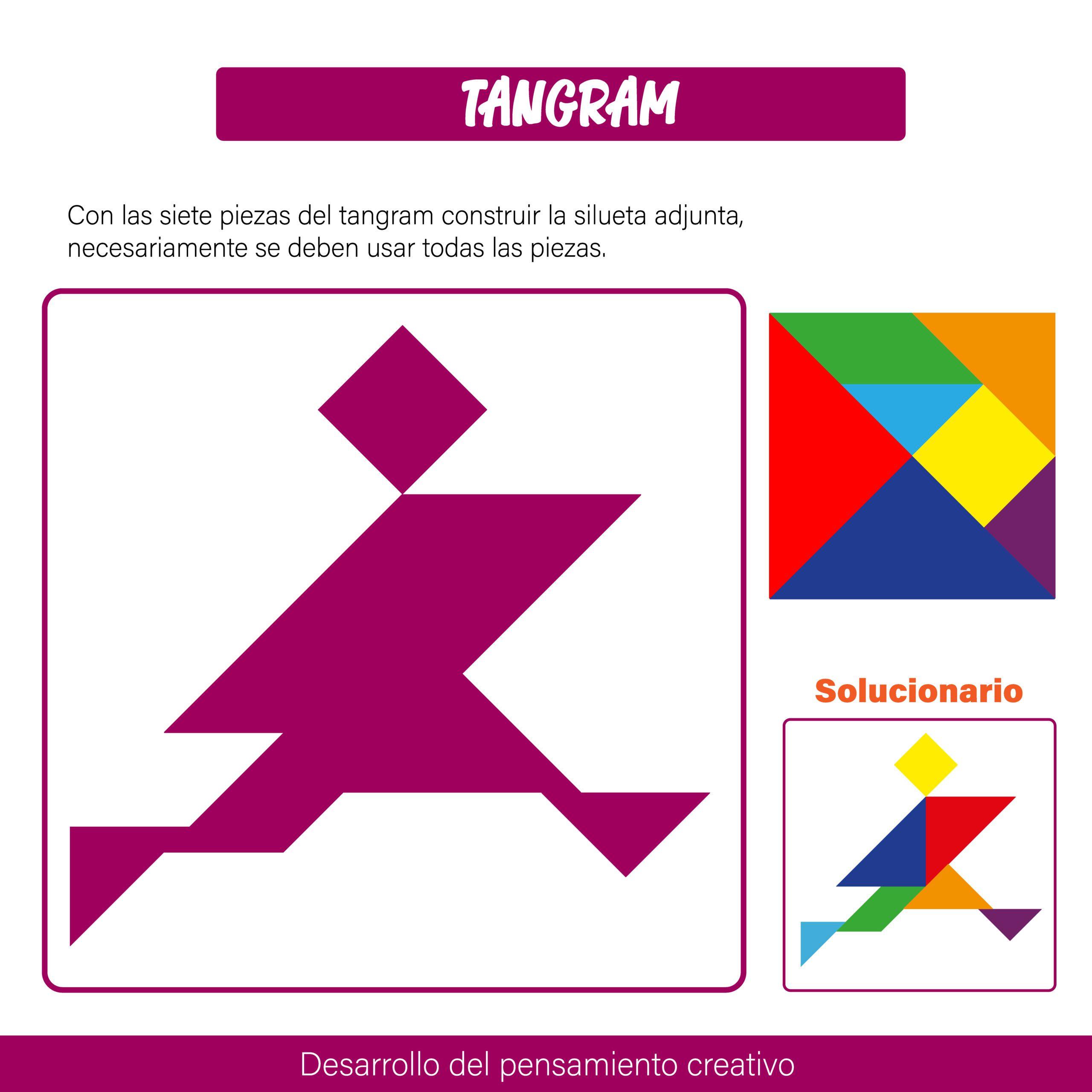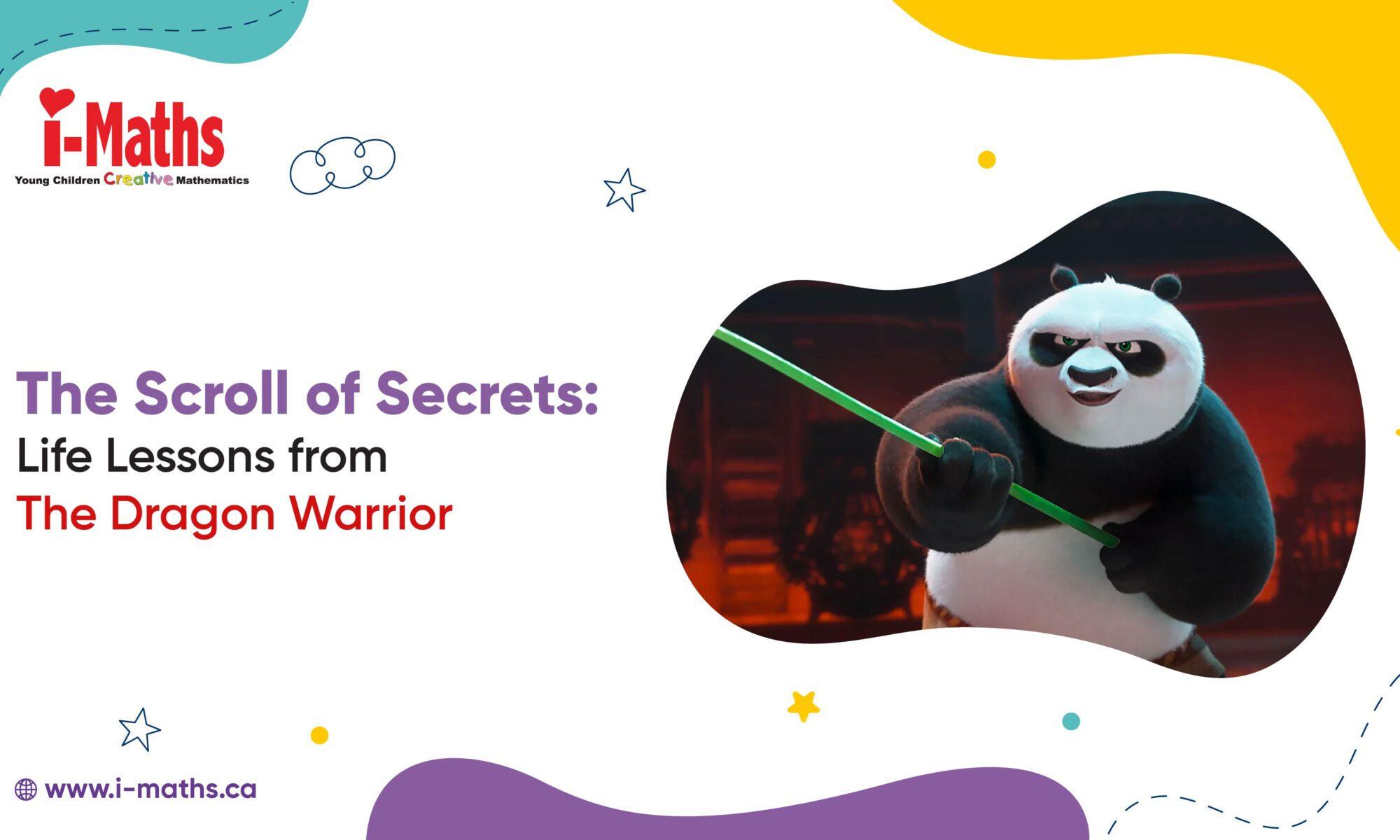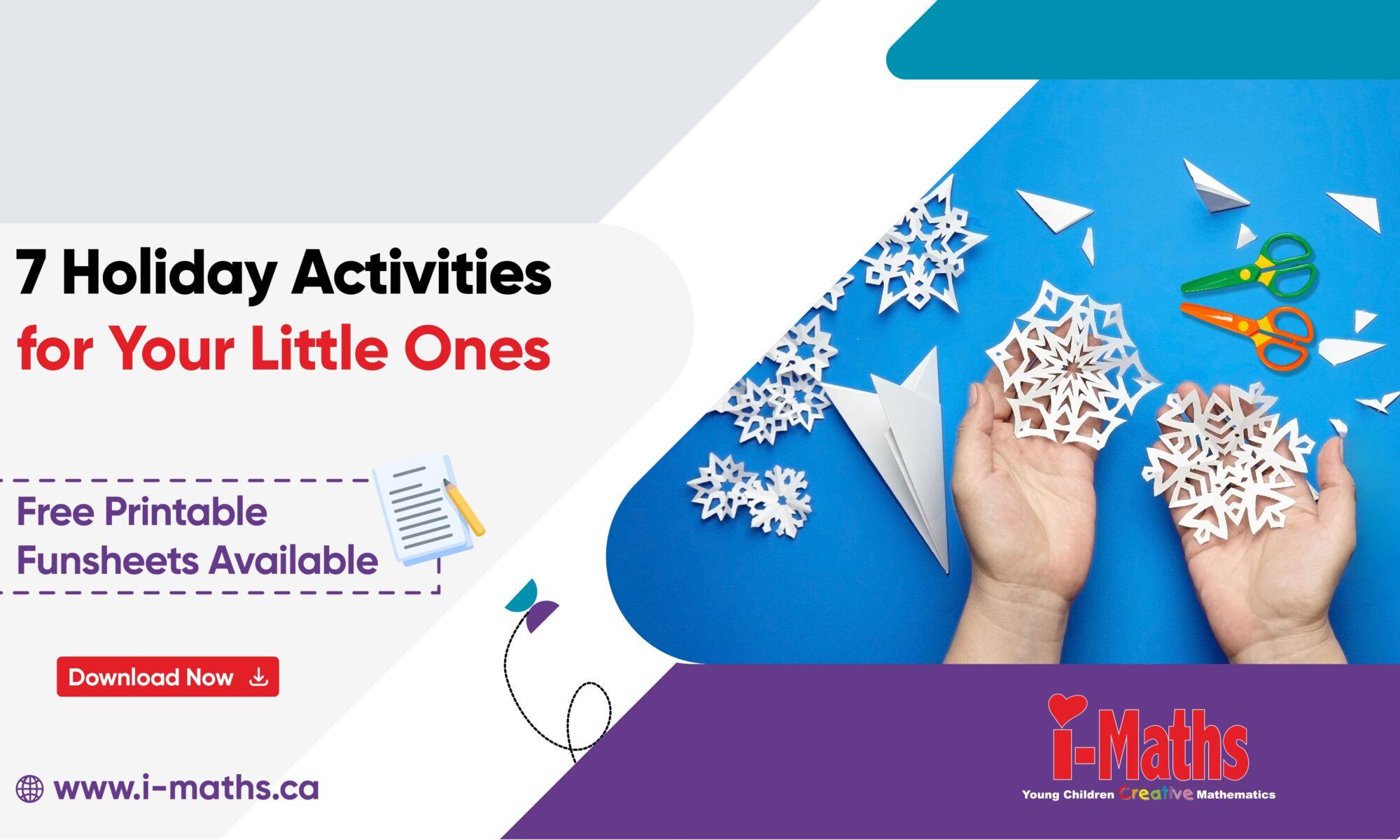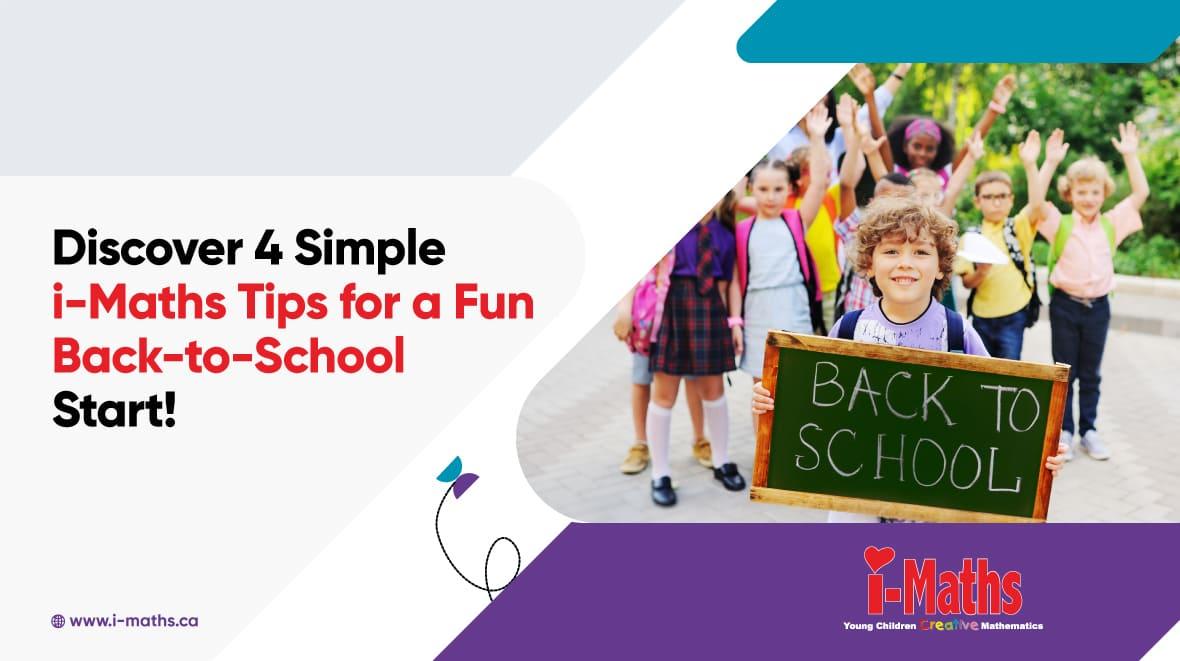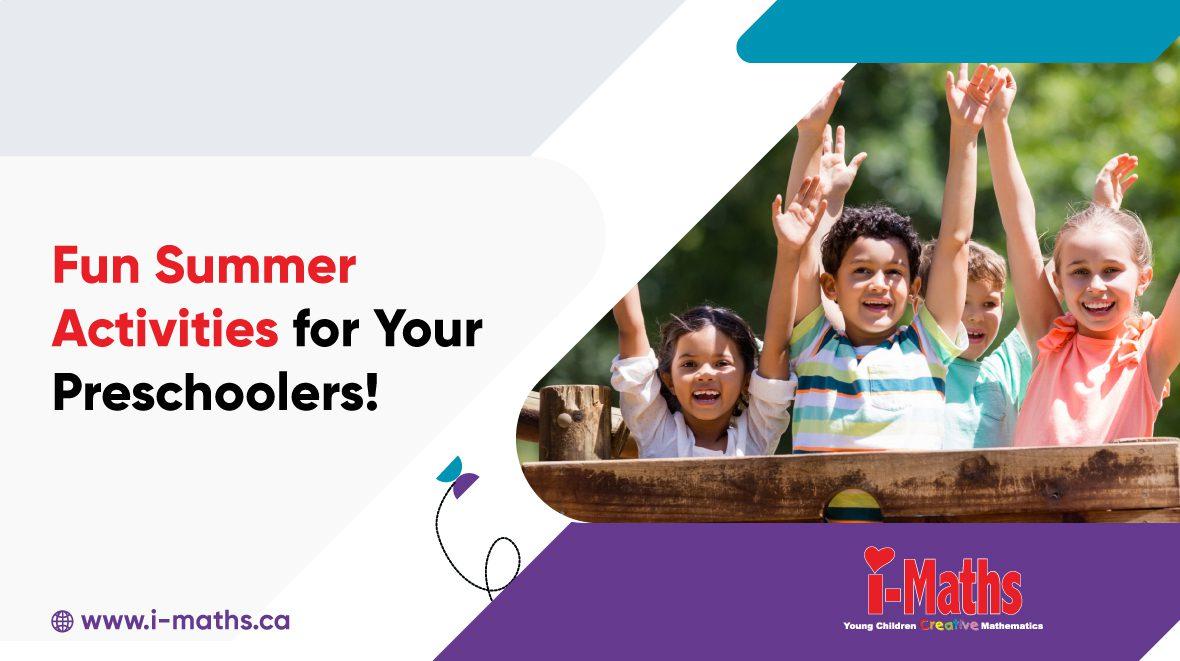As parents and educators, we all want to nurture creativity in our children. Early education plays a crucial role in fostering this creativity, but the journey begins at home. By incorporating fun, engaging preschool activities into your daily routine, you can help your child develop a lifelong love for creative expression. Let’s explore ten exciting ways to raise a creative child through various activities.
10 Ways To Make Early Childhood Education Programs More Creative
1. Dance like nobody's watching

One of the most joyful expressions of creativity is dance. Encourage your child to move freely to different types of music. This preschool activity not only promotes physical development but also allows children to express emotions and ideas through movement.
Try this: Put on various music tracks and challenge your child to move differently to each one. From graceful ballet twirls to robot dance, let their imagination guide their movements.
2. Paint with your fingers (and toes!)
Finger painting is a classic early childhood education activity that never gets old. It’s a sensory experience that allows children to explore colors, textures, and patterns without the constraints of tools.
Try this: Cover a table with paper and let your child create a masterpiece using finger paints. For added fun, try toe painting on a warm day outside!
3. Tell tall tales
Storytelling is a powerful tool that helps develop language skills, creativity, and abstract thinking. Encourage your child to create their own stories, no matter how fantastical.
Try this: Start a story with a simple prompt like “Once upon a time, there was a purple elephant who loved to…” and let your child continue the tale.
4. Play dress-up and make-believe
Imaginative play is a cornerstone of preschool learning activities. It allows children to step into different roles, fostering empathy and problem-solving skills.
Try this: Create a dress-up box with old clothes, hats, and accessories. Encourage your child to become different characters and act out scenarios.
5. Make music with pots and pans
Music-making doesn’t require expensive instruments. This preschool activity teaches rhythm, cause-and-effect, and the joy of creating sounds.
Try this: Set up a “kitchen band” with pots, pans, and wooden spoons. Experiment with different sounds and rhythms together.
6. Create art from leaves and twigs
Nature provides endless materials for creative preschool activities. This activity combines outdoor exploration with artistic expression, a perfect blend to enhance childhood education.
Try this: Go on a nature walk and collect interesting leaves, twigs, and pebbles. Use these to create nature collages or sculptures.
7. Build a cardboard castle
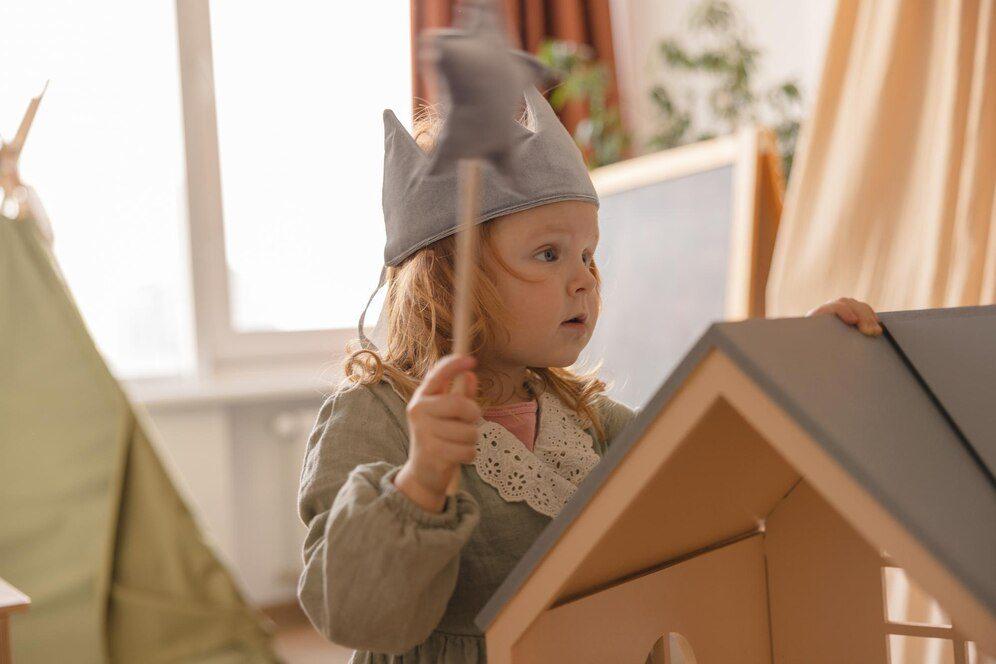
Construction play is an excellent way to develop spatial awareness and problem-solving skills. It’s also a fantastic opportunity for imaginative play.
Try this: Save large cardboard boxes and help your child transform them into a castle, spaceship, or any structure they can imagine. Decorate it together for added creative fun.
8. Snap fun photos
In our digital age, photography can be an accessible and exciting creative outlet for children. It encourages them to observe their environment closely and capture moments that interest them.
Try this: Give your child a sturdy digital camera or a supervised smartphone and challenge them to photograph things that start with each letter of the alphabet.
9. Explore dances from around the world
These preschool activities combine cultural education with creative movement, broadening your child’s horizons while encouraging physical expression.
Try this: Look up simple traditional dances from different cultures online. Learn and practice them together, discussing the origins and significance of each dance.
10. Design a cozy art nook
Having a dedicated space for creativity can inspire children to engage in artistic activities more frequently. It also teaches them to respect and organize their creative materials.
Try this: Set aside a corner of a room as an “art nook.” Stock it with age-appropriate art supplies and make it comfortable with cushions or a small table and chairs.
The Importance of Creativity in Early Childhood Education Programs
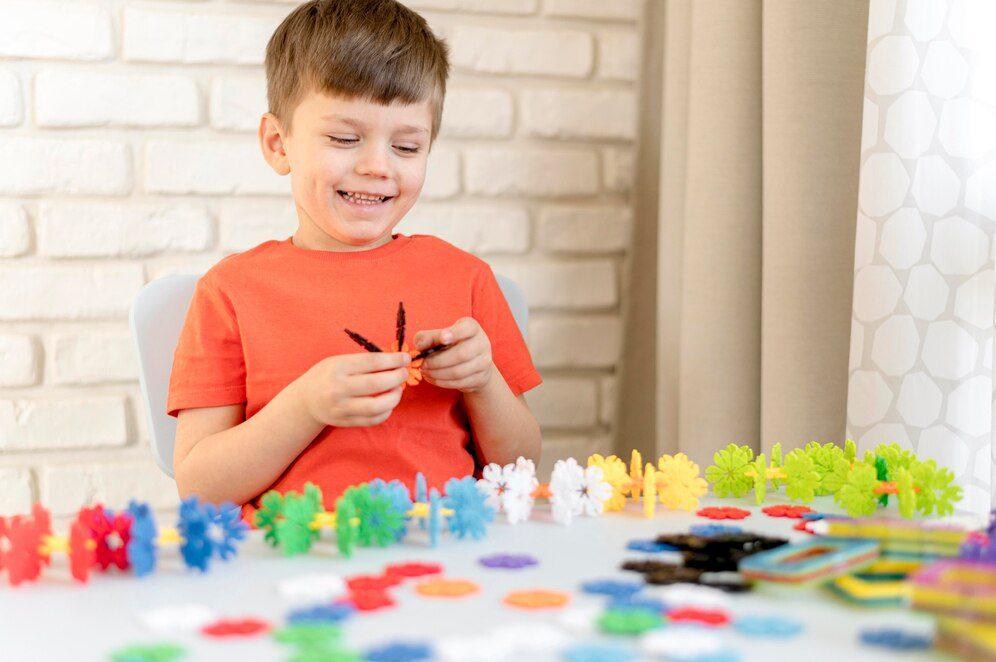
Incorporating these creative preschool activities into your child’s routine does more than just provide entertainment. Creativity is a crucial aspect of childhood education for several reasons:
- Cognitive development: Creative activities stimulate brain development, enhancing problem-solving skills and critical thinking.
- Emotional expression: Art, music, and dance provide outlets for children to express and process their emotions.
- Motor skills: Many creative activities, from dancing to finger painting, help develop fine and gross motor skills.
- Social skills: Group creative activities teach cooperation, sharing, and communication.
- Self-confidence: Completing creative projects boosts a child’s self-esteem and confidence in their abilities.
- Innovation: Encouraging creativity from an early age fosters innovative thinking, a crucial skill for future success.
Remember, there’s no one-size-fits-all approach to fostering creativity. Every child is unique, and what sparks imagination in one might not in another. The key is to provide a variety of opportunities and to make creativity a regular, joyful part of your child’s day.
By incorporating these fun, creative preschool activities into your routine, you’re not just raising a creative child – you’re nurturing a confident, expressive, and innovative thinker ready to take on the world. So, put on some music, grab those finger paints, and let the creative adventures begin!
Nurture Your Child's Creativity with i-Maths
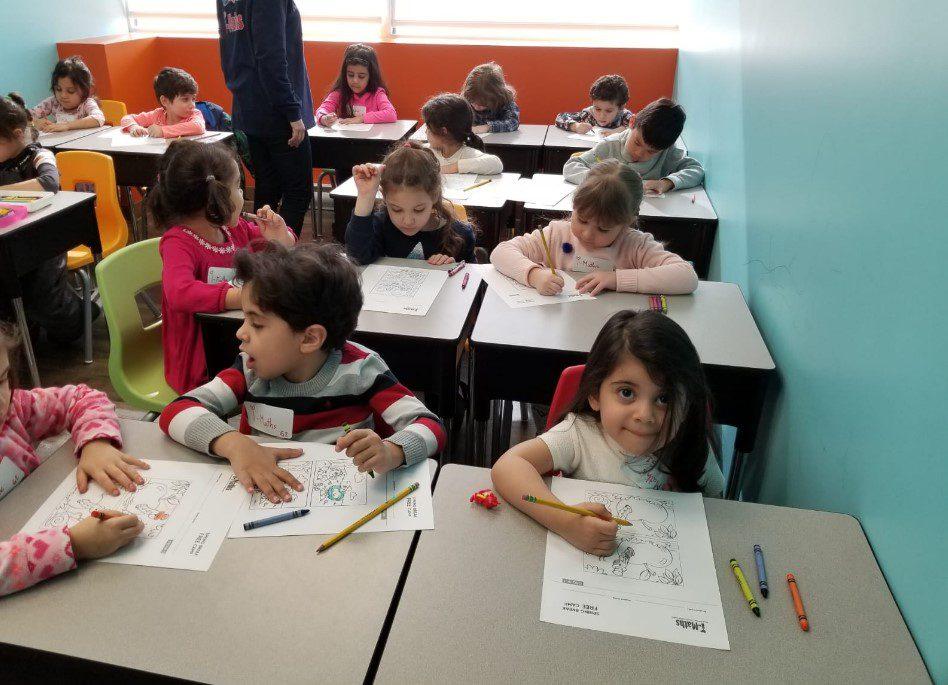
At i-Maths, we understand the pivotal role creativity plays in early childhood education. That’s why our innovative program is designed to foster creative thinking alongside mathematical skills. Just like the activities we’ve explored in this blog, i-Maths uses a hands-on, imaginative approach to make learning engaging and effective.
We believe that every child is inherently creative, and our mission is to nurture that creativity while building a strong foundation in mathematics. By choosing i-Maths, you’re not just choosing a math program – you’re opening the door to a world where creativity and logical thinking go hand in hand.
Want to see how i-Maths can spark your child’s imagination while developing crucial math skills?
Visit our website and enrol your child today to learn more about our programs. Let’s embark on a creative mathematical journey together!






